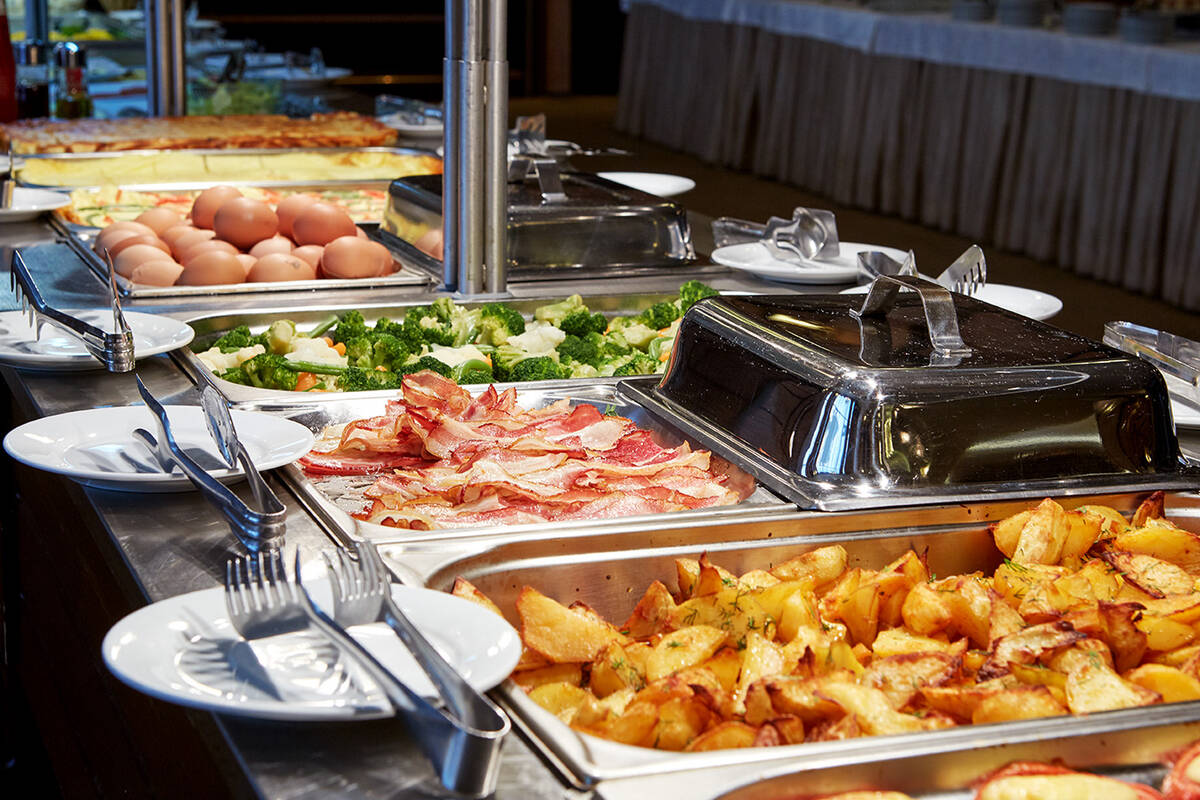Dear Penny,
Should you tip 20% at a buffet, where you’re serving yourself and the wait staff only has to remove used plates? Essentially, in this case the wait staff is just bussing the tables, not serving.
— Hangry at the Bill
Dear Hangry,
To answer this common question, we have to shift the way we understand tipping.
The reason we tip is not to offer a thank-you or a reward to service workers for an outstanding or even sufficient job. We tip, especially in restaurants, because those businesses are allowed to pay tipped employees below minimum wage, a carve-out called the tipped minimum wage, which is just $2.13 per hour at the federal level.
Our culture of tipping isn’t about rewarding servers. It’s a way for restaurants to offload the cost of employment directly onto customers. Recommendations for how much to tip are all over the board, but you might have noticed the customary percentage slowly rising in recent decades from 10% to 15% to the 20% you mentioned. That’s because the cost of living in our country has continued to rise, while the minimum wage and its “tipped” counterpart have remained stagnant — so tips have to do more of the heavy lifting to ensure service workers receive a living wage.
When a buffet-style restaurant hires servers — who might seat you, bring your drinks, clear your plates, answer questions, handle your check and clean your table — it’s likely paying them less than the typical minimum wage because they’re expected to receive tips.
Employers are required to make up any difference between the tipped wage and the real minimum wage if tips don’t bridge that gap, but the federal minimum wage is just $7.25 per hour, and many state minimums are similarly low. So a buffet server isn’t likely to make more on their paycheck just because customers tend to tip less; instead, they’ll take home less overall than servers at full-service restaurants for doing almost all of the same work.
Your concern about the amount you’re expected to tip is reasonable, but it’s misplaced. Rather than questioning the work a server does to earn a tip, question the reason you’re expected to tip in the first place.
The American practice of tipping is part of our country’s legacy of slavery, and it continues to disproportionately disadvantage women, especially Black and brown women, who make up the vast majority of workers in minimum-wage and tipped positions. Seven states and some cities have eliminated their tipped minimum wage, and there’s a widespread movement to continue that trend.
Next time someone in your party questions how much they should tip, remind them of these facts. You’re right — 20% is too much! Support eliminating the tipped minimum wage in your state, and make the restaurant responsible for paying its employees so you can enjoy your meal without doing math.
Dana Miranda is a Certified Educator in Personal Finance®, author, speaker and personal finance journalist. She writes Healthy Rich, a newsletter about how capitalism impacts the ways we think, teach and talk about money.
This was originally published on The Penny Hoarder, a personal finance website that empowers millions of readers nationwide to make smart decisions with their money through actionable and inspirational advice, and resources about how to make, save and manage money.

